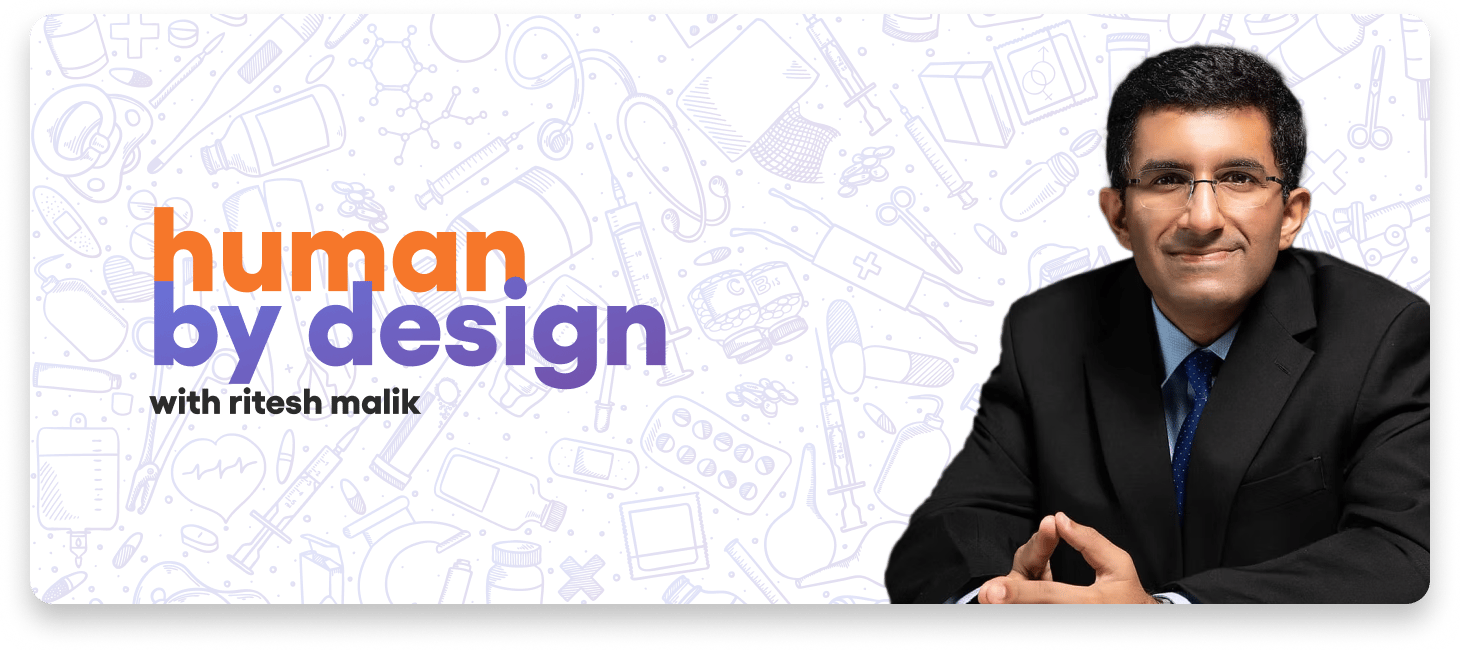- Ritesh Malik
- Posts
- log kya kahenge?
log kya kahenge?
we're trapped in a status game that's financially destroying an entire generation

Last week, chaos erupted outside Apple stores across India.
Videos went viral showing people who had camped overnight to buy the iPhone 17 Pro Max. At Mumbai's BKC store, scuffles broke out as crowds pushed and fought in queues stretching across two floors.
One customer, Irfan, waited from 8 PM to 8 AM to buy the "Cosmic Orange" iPhone 17 Pro Max.
For a phone costing ₹150,000
But the comment that broke the internet came from a viral tweet: "Gen Z fighting for Apple iPhone 17 like it's oxygen... EMI warriors at their finest. What a downfall of priorities!"

And that fight isn’t making sense.
An average Indian has to work 1749 hours on average vs 31 hours in the US to afford an iphone 17 pro max.
YES.
Nearly 50 times more.

source: Statista | NDTV Profit
Yet Indians queue longer and pay more eagerly, transforming a functional device into a status symbol worth financial ruin.
The pattern was clear: We're trapped in a status game that's financially destroying an entire generation.

Last month, my neighbor Priya showed me her daughter's admission letter to an international school. ₹6.5 lakh annual fees. For a 5-year-old.
"The peer group matters," she explained. "We want her mixing with the right families."
Her household income? ₹18 lakh annually.
That night, I couldn't sleep. A third of their income for kindergarten fees?
I started digging into the numbers. What I found was terrifying.
The data that changed how I see middle-class India
Indians now spend over 33% of their monthly salary on EMIs, the highest in Asia.

Distribution of loan EMI payments as a percentage of total spending across income levels
But here's what shocked me more.
The average Indian wedding now costs ₹37 lakh. For context, India's GDP per capita is just ₹2.7 lakh.
Meanwhile, Apple's success in India is staggering. Apple captured 27% of India's smartphone value market despite holding just 8.2% market share.
Young professionals earning ₹30,000 monthly are taking 24-month EMIs for ₹80,000 phones.
The pattern became clear. We're borrowing for status symbols while household savings crashed to a historic low of 5.2% of GDP in FY23.
But here's the psychological mechanism driving this madness.

Economist Thorstein Veblen first identified this in 1899.
Conspicuous consumption: buying things to signal social status rather than for utility.
In India, it's become weaponized.
Research from IIM Bangalore reveals something disturbing. Indians prefer prominently branded luxury products over subtle luxury.
Unlike mature markets where wealth whispers, in India, wealth screams.
Your iPhone case must show the Apple logo.
Your car's badge must be visible from 50 meters.
Your wedding photos must look more expensive than your cousin's.
The mechanism is social comparison theory.
We constantly evaluate ourselves against others.
In India's hierarchical society, these comparisons carry exceptional weight.
The cultural concept of "log kya kahenge" (what will people say) transforms individual purchases into community judgments.
But social media has turbocharged this ancient impulse.
How Instagram created a generation of debtors
India is the world's largest social media market. 362.9 million Instagram users. Over 500 million on WhatsApp.

Distribution of Instagram users worldwide as of April 2024, by age group
Research shows 80% of Instagram users turn to the platform to find their next purchase, making it the top platform for product discovery.
WhatsApp family groups deserve special attention. They function as "permanent family get-togethers" where expensive purchases, luxury vacations, and elaborate celebrations create relentless competition.
Instagram's wedding industrial complex is particularly destructive.
Every ceremony now includes destination venues, designer outfits, and multi-day celebrations that were unknown a generation ago.
The numbers prove this isn't sustainable.
The debt disaster hiding in plain sight
While India maintains the lowest household debt-to-GDP ratio (17.1%) among major economies, the composition is alarming.
More loans go toward lifestyle purchases rather than productive assets like homes.
Credit card debt has exploded. Personal loans grew 75% in three years.
During festival seasons, majority of consumer durables are purchased on finance, with no-cost EMI becoming standard.
The psychological damage is worse than the financial damage.
Stories emerge of young professionals unable to afford marriage because they're servicing education loans.
Parents postponing retirement to fund children's foreign education.
Families selling ancestral property to finance three-day weddings.
This is what trapped looks like.

And this whole angle of positioning is done by the biggest celebrities too.
A recent interview with Kalki Koechlin revealed that a lot of actors / actresses spend their life savings to buy an audi but live in a 1bhk.
Reason?
Dikhawa
And yes, I also fell into this at some point in time.
So I implemented a "Status Reality Check."
Before any purchase over ₹10,000, I ask three questions:

For my neighbor Priya, I suggested calculating the real cost of that international school.
₹6.5 lakh annually compounded over 13 years equals ₹1.2 crore total education cost.
She could buy a house with that money.
The most powerful antidote to status anxiety is reframing success metrics.
Instead of showcasing consumption, start showcasing creation.
Share business wins, not shopping hauls.
Celebrate skills developed, not brands acquired.
Build wealth, don't perform wealth.

We stand at an inflection point.
Continue this trajectory and an entire generation will mortgage their future for society's approval.
Or recognize that true status comes from financial freedom, not financial stress.
The most successful people I know drive 10-year-old cars and live in modest homes.
They invest their money instead of spending it on status symbols.
Their Instagram feeds might be boring.
Their bank accounts are not.
The choice is simple but not easy: genuine prosperity or performed success.
Hit reply and tell me: What's the most expensive status purchase you regret making?
I read every email.
Until next week,
Ritesh